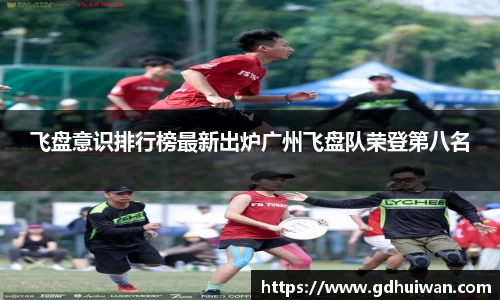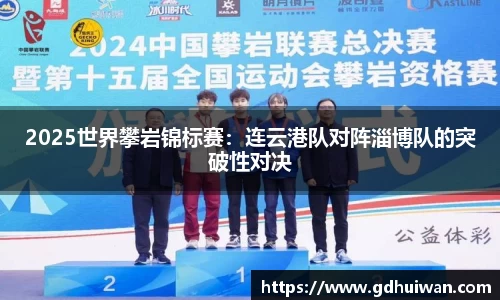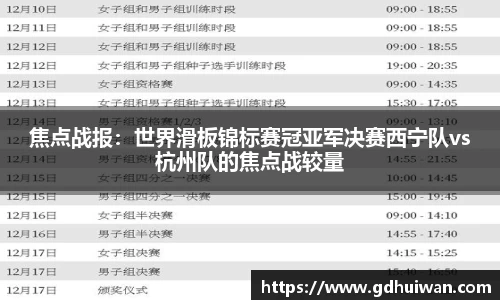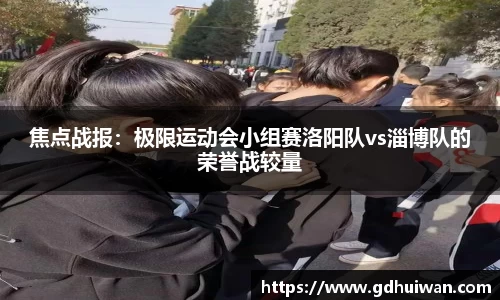新闻中心
南京街舞队灵活性变革引发热议探索街舞文化的新发展与创新之路
近年来,街舞文化在中国迅速崛起,尤其是在南京,这一城市的街舞队伍正经历着灵活性的变革,引发了社会各界的广泛热议。本文将围绕南京街舞队灵活性变革及其对街舞文化的新发展与创新之路进行探讨。文章将从四个方面进行详细阐述:首先分析街舞队灵活性变革的背景和意义;其次探讨这种变革如何推动了新型街舞文化的形成;第三部分则关注街舞队内部结构和运营模式的创新;最后,将总结灵活性变革对未来发展的影响。这些内容旨在深入剖析南京街舞队如何在新时代背景下,不断探索和创新,从而推动整个街舞文化的发展。
1、灵活性变革的背景
南京作为一个历史悠久且充满活力的城市,近年来逐渐成为年轻人追求潮流与文化的重要阵地。随着社会经济发展和年轻人文化需求变化,传统的单一化街舞表演形式已经不能满足观众多样化的需求。在此背景下,南京的街舞队开始探索更为灵活多样的发展路径,以适应市场变化。
此外,互联网和社交媒体的发展使得信息传播更加迅速,各类新兴艺术形式层出不穷。南京的年轻人不仅受到了国际流行文化的影响,同时也希望通过本土化创新来展现个人风格。因此,通过灵活性变革实现与时俱进,便成为了必然选择。
同时,在国家政策支持和社会认知提升的大环境下,越来越多的人开始重视并参与到街舞活动中来。这种趋势促使不少团队意识到,仅靠过去的方法已无法吸引更多参与者,因此急需推陈出新,实现自我突破。
2、推动新型文化形成
随着灵活性变革的推进,南京街舞队逐渐形成了一种融合多元元素的新型文化。这种新型文化不仅包括传统街舞元素,还吸收了现代科技、时尚潮流等多方面因素,使得每场表演都充满新鲜感与创意。
例如,在排练过程中,不少团队开始尝试结合视觉艺术、音乐元素以及互动环节,使观众不再是单纯的旁观者,而是可以积极参与其中。这种互动式体验有效增强了观众对表演内容的理解与欣赏,也提升了整体活动氛围。
此外,与国内外其他优秀团队交流合作,也为南京地区带来了新的思想碰撞。通过学习借鉴外部经验,成员们不断拓宽视野,提高自身技艺水平,从而进一步丰富了当地街舞文化内涵。
3、内部结构与运营模式创新
Nanjing street dance teams have begun to rethink their internal structures and operational models in response to changing market demands. Traditional hierarchical management is gradually being replaced by a more flexible team structure, allowing members to participate in decision-making processes actively.
This kind of innovation not only enhances team cohesion but also encourages individual creativity. Members are now more willing to share their ideas and suggestions, leading to a more diverse range of performances. Such inclusiveness helps the team adapt to various performance styles and audience preferences.
Furthermore, the introduction of专业化分工 system within the team has made it possible for dancers to focus on their strengths, whether it be choreography, teaching, or stage design. This specialization allows for higher quality performances while also providing opportunities for personal growth.
4、未来发展的影响
Nanjing street dance team's flexibility transformation is expected to bring significant implications for its future development. As they continue to innovate and explore new paths, these changes may lead to better integration with other art forms and cultural events, further enhancing the visibility of street dance culture.
The positive feedback from audiences will likely encourage more young people to join street dance activities, creating a virtuous cycle that promotes both participation and appreciation. In this way, the transformation serves as a catalyst for broader cultural exchange and community building.
Moreover, as local street dance teams gain recognition nationally or even internationally, they could play a pivotal role in shaping the future landscape of Chinese street dance culture. Their experiences may inspire other cities or regions to adopt similar innovative approaches.
总结:
Nanjing street dance team's flexibility transformation reflects the dynamic evolution of urban youth culture in contemporary China. Through embracing change and fostering creativity, these teams are paving new avenues for artistic expression while engaging with a wider audience base.
The insights gained from this exploration not only contribute to the growth of local street dance culture but also offer invaluable lessons for aspiring artists across various disciplines. The journey ahead promises exciting possibilities as these teams continue their quest for innovation and excellence.





